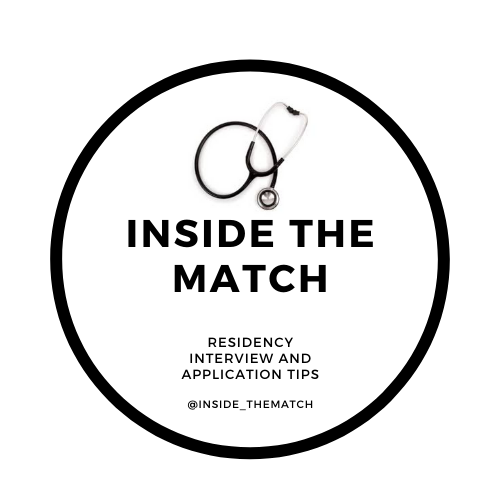Building Rapport with Patients as a Medical Student
Written by Shelly Mishra
Effectively transitioning from the preclinical curriculum to actively practicing medicine in the third year requires time and practice. From being given all the information in a question stem with multiple choice answers to being the one who collects that information and formulates a plan, many factors go into a successful rotation. An important part of being a physician is providing compassion and attention to patients throughout their visit. Sometimes while trying to balance the demands required in each rotation, we forget that our patient is likely not a medical professional who knows what is going on. They might feel nervous and confused about everything going around them; in these moments, it is crucial to build rapport with patients and loop them in their care.
In the inpatient setting, ways I have found to build rapport with patients is to ask them every day what one thing I could do to make their stay better. Simple things like getting them extra face wash from the supply closet to taking a walk down the hallway with them can make patients feel like their provider sees them beyond their diagnosis. Additionally, during rounds patients might be given a brief overview of the plan of the day. While they might express an initial understanding of the plan, the reality is that patients might not truly comprehend why certain tests are being done or treatment plans are written the way they are. As a medical student, I have found that I have the greatest opportunity to find extra time in my schedule and return to my patient sometime during the day to check in on them and their understanding.
In the clinic setting, I find that using diagrams and images is the best way to teach patients. Utilizing the posters on the clinic room walls or pulling up images from your laptop, you can better contextualize complex medical concepts. By explaining why you are doing certain physical exam maneuvers, you can demystify medicine for your patients and also allow you to review the pathophysiology yourself. Teaching patients is the best way to know if you understand the medical concept yourself.
While each interaction might require different levels of accommodation, patients should feel like they are a part of the team to maintain their health or treat their disease instead of the entitity that carries a diagnosis. Building rapport goes a long way in establishing trust, maintaining a commitment to treatment, and overall positive patient outcomes.

